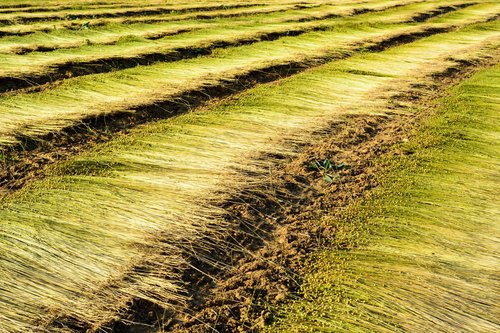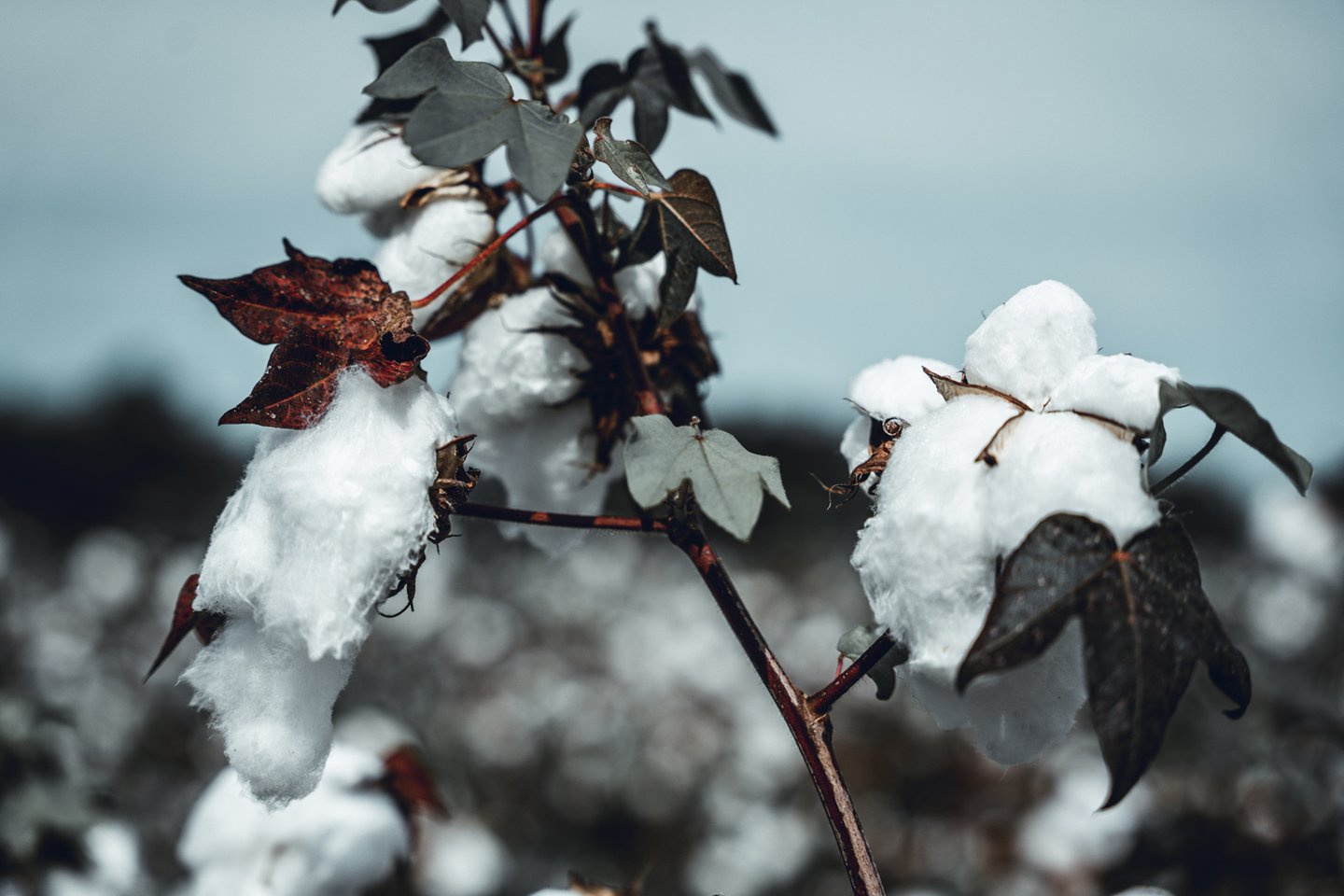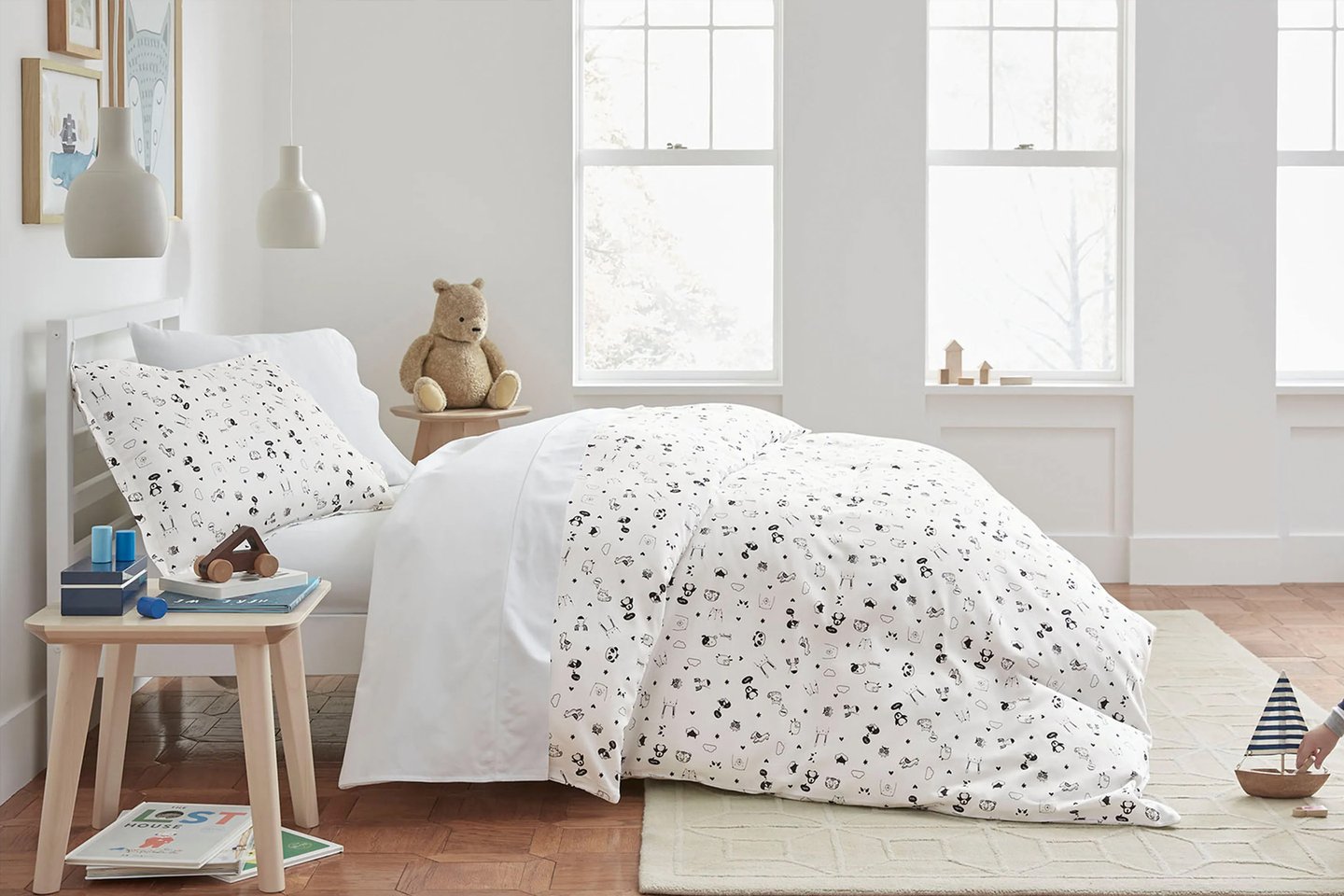
2 min read
Designer's Guide to Green Certifications
A Primer for Healthy Homes and Interiors. Who is gatekeeping wellness and sustainable design? WLLW looks at green certifications in brief.

2 min read
WLLW examines OEKO-TEX Standard 100, a key certification that safeguards against toxic substances in textiles, responding to consumer demand for healthier products.
Many people are not aware that when you sleep on certain bed sheets, wear a piece of clothing, or snuggle up inside a blanket, any toxic or harmful substances that have been used to treat that item can be absorbed through your skin. This process is called dermal absorption and can end up damaging our organs and bodies.
The textile and apparel industry uses a staggering 8,000 synthetic chemicals throughout its manufacturing process, from initial material sourcing to the finished product. Among these are potential hazards like flame retardants, Per- and Polyfluoroalkyl Substances (PFAS), lead, chromium, phthalates, chlorine bleach, AZO dyes, and Volatile Organic Chemicals (VOCs) including formaldehyde. These substances can be carcinogenic, disrupt hormones, irritate the skin and even pose risks to the environment.
This is why certifications like OEKO-TEX Standard 100 are important. OEKO-TEX is a foundation that dates back to 1992, whose self-proclaimed mission is: “To create trust in textiles and leather and in their production: through increased product safety, improving sustainable production and a sustainable, transparent value-creation chain.”
If a textile product bears the STANDARD 100 label, it signifies that every component, from threads to buttons, has undergone testing for harmful substances and is deemed safe for human health.
Clothing, fabric and textiles in all stages of processing, from a single element (like yarn) to a complete article (a blanket).
The item is free from chemicals known to be hazardous to human health, such as arsenic, lead, phthalates and formaldehyde, and has a pH level that is acceptable to the skin.
The pH scale is widely used in the textile industry to measure the acidity or alkalinity of fabric residues. Human skin naturally maintains a weakly acidic pH range, generally between 5.5 and 7. Textiles that have a high pH can upset this natural balance, potentially causing skin irritation or even conditions like dermatitis.
As well as checking the product label or online product information for any given item, OEKO-TEX also offers an official Label Check Tool on its website.

OEKO-TEX uses independent laboratory tests to test different fabrics and textile products, ensuring that they are safe to use and harmless to our health. If fabrics meet the required criteria and pass the test, they are granted an OEKO-TEX Standard 100 certification or badge which brands can use for marketing purposes and on their product labels.
There are four product class categories under the OEKO-TEX Standard 100:
There are also additional OEKO-TEX standards for organic cotton and leather.
More recently there has been the introduction of Made in Green by OEKO-TEX. Another certification awarded to textiles and leather products that are not only free from harmful substances but have also been manufactured in “environmentally friendly facilities, under safe and socially responsible working conditions”.



Improved safety: OEKO-TEX certified products are free of harmful substances, making them safe for use by consumers. This can help prevent health issues and reduce exposure to potentially harmful chemicals.
Environmental protection: OEKO-TEX certification ensures that products are manufactured in an environmentally responsible manner, minimizing the impact on the environment.
Social responsibility: OEKO-TEX certification also includes requirements for social responsibility, such as fair labor practices ensuring that workers are treated fairly and ethically.
Recognized worldwide: OEKO-TEX is a well-known and recognized certification program worldwide, which can help consumers make informed purchasing decisions and manufacturers promote their products.
Limited scope: OEKO-TEX certification only applies to textile products, which can limit its usefulness for other types of products.
Limited testing: OEKO-TEX certification tests for a specific list of substances and criteria, which may not cover all potential health or environmental concerns.
Costly certification process: Obtaining OEKO-TEX certification can be a costly process for manufacturers, which may be a barrier for smaller manufacturers who cannot afford the certification fees.
Lack of transparency: While OEKO-TEX certification provides assurance that a product meets certain standards, it does not disclose specific information about the product's ingredients or manufacturing process. This can limit transparency for consumers and other stakeholders.
Organic: While OEKO-TEX certified products have to meet a wide range of criteria, they are not automatically classed as organic.
Photography: Carsten Vollrath/Pexels, Riley

2 min read
A Primer for Healthy Homes and Interiors. Who is gatekeeping wellness and sustainable design? WLLW looks at green certifications in brief.

3 min read
WLLW delves into Declare label and the Red List as the demand for sustainable and healthy products intensifies, alongside the mounting pressure for transparent information for specifiers and consumers.